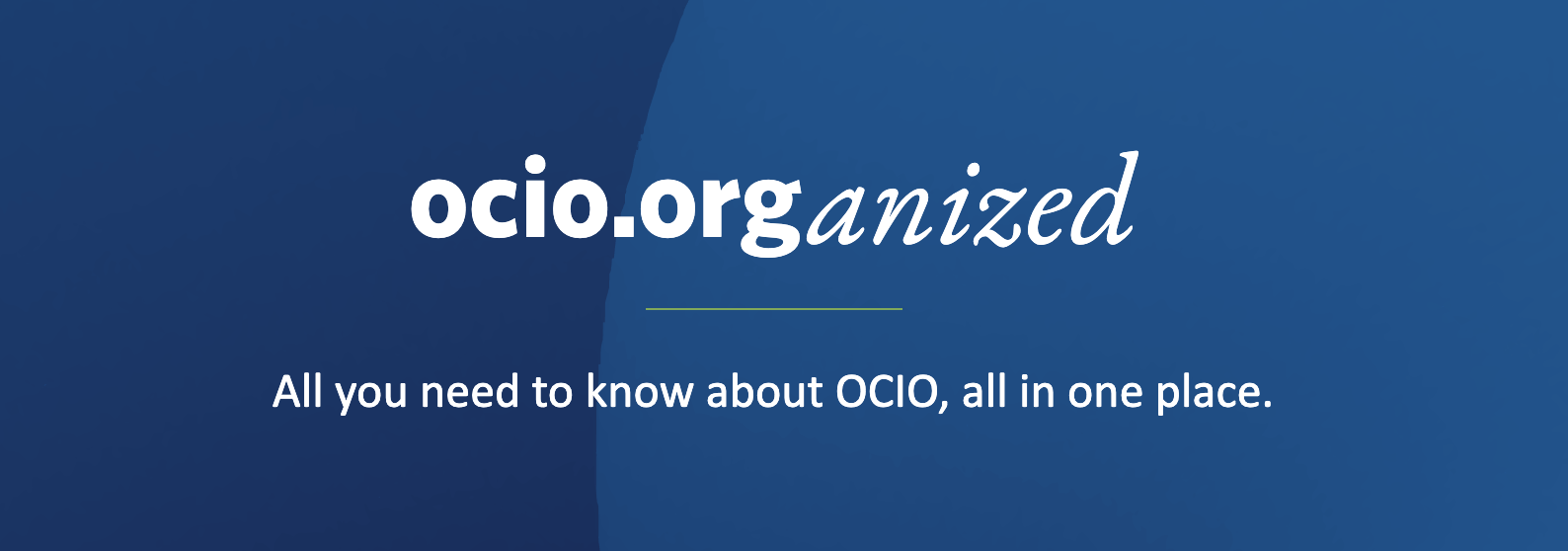What is an OCIO?
Everyone agrees that “OCIO” stands for Outsourced Chief Investment Officer, but defining the term can be a challenge.
Dedicated OCIOs
A dedicated OCIO (Outsourced Chief Investment Officer), such as Strategic Investment Group, typically focuses on OCIO services, tends to have a smaller client base, and uses an open architecture approach to manager selection. We refer to this as a “conflict-free” business model, because there are no ancillary business lines and no opportunity for the firm to earn additional fees as a result of its allocation decisions. We believe this model best aligns the provider’s interests with the interests of its clients.
Dedicated OCIOs vary as to the level of customization they offer. Some have a fund with a single asset mix and underlying manager lineup; some have asset class-specific funds and can therefore customize the asset mix but not the manager lineup; and some customize both the asset mix and the manager lineup.
Other Kinds of Investment Outsourcing
Other types of outsourced investment solutions are offered by consultants, banks, multi-product/managers-of-managers, and mutual fund complexes.
- Consultants charge lower fees, but tend to have embedded conflicts, including those relating to the allocation of limited capacity managers. The investment process tends to be decentralized, meaning that each client’s performance will be a function of the individual overseeing its account. These conflicts and issues should be carefully vetted by an asset owner and/or its search consultant.
- Banks have numerous business lines and typically offer a range of investment products, including proprietary strategies for which they collect additional fees. A bank’s access to sought-after investment managers may be limited, because managers often compete with certain of the bank’s business lines, and therefore may not accept outsourcing allocations from them. Again, the potential for conflicts is present.
- Other outsourcing firms include multi-product/managers-of-managers and even some mutual fund complexes. Evaluating these models involves some of the same considerations as for consultants and banks.
These types of firms tend to be significantly larger than dedicated OCIOs, both in terms of the number of clients and assets under advisement or management. They are often more focused on asset gathering than on delivering superior investment results and service to their clients.
Why Partner with an OCIO?
When an asset owner decides to partner with an OCIO, it is typically because the institution does not have sufficient resources or expertise to manage investments directly, especially given the ever-increasing complexity of global markets.
The job of managing the investment portfolio generally falls either to an investment committee, which typically meets less than ten hours per year, or internal finance personnel, who are also charged with overseeing the operating finances of the organization. In each case, the structure does not typically allow for the focused attention necessary to manage a complex institutional portfolio prudently and efficiently.
The committee can never fully outsource its fiduciary responsibility, so we work collaboratively with the client to focus on the decisions that will have the greatest impact on returns. Most committees would admit that they enjoy picking managers and spend most of their time in committee meetings interviewing and researching them, but the research is persuasive that this approach consistently leads to value-detracting selection and timing decisions. In addition, it is not an efficient use of the limited time that committee members spend together. A single-manager search, which may result in a 3% position in the portfolio, may take up an entire quarterly meeting. This does not leave sufficient time for broader discussions that will have a much greater effect on the overall portfolio.
We help the committee determine the optimal asset allocation based on the organization’s return objective and ability to take on risk, but ultimately the decision is the committee’s to make. The committee also has final approval of the allowable asset classes and ranges for each asset class, and sets the liquidity parameters of the portfolio. We work within that framework to seek the best managers and take advantage of top-down valuation anomalies. The work of our 43-member investment team is supplemented by the efforts of risk management, operational due diligence, legal, and administrative professionals. Our clients tell us that they could not bear the expense of building a team this comprehensive, with this level of experience and expertise, nor could they support the level of technology and system infrastructure that we have developed.
Considering Issuing an RFP for an OCIO?
RFPs often fail to ask critical questions about the qualifications of the outsourcing firm and the nature of its relationships with clients.
In the search for an OCIO—as in life—you cannot get the answers you need without asking the right questions.
The standard method for soliciting information from a prospective outsourcing partner is a Request for Proposal (RFP). OCIO search consultants know the right questions to ask, and can help clients draft an effective RFP.
Some institutions draft RFPs without such assistance, and risk leaving important questions unasked. Failure to solicit vital information can be a costly mistake. Our Fiduciary Insights, “OCIO RFPs: Are you asking these key questions?” proposes some questions to add to the traditional RFP and provides some “what to look for” suggestions.

